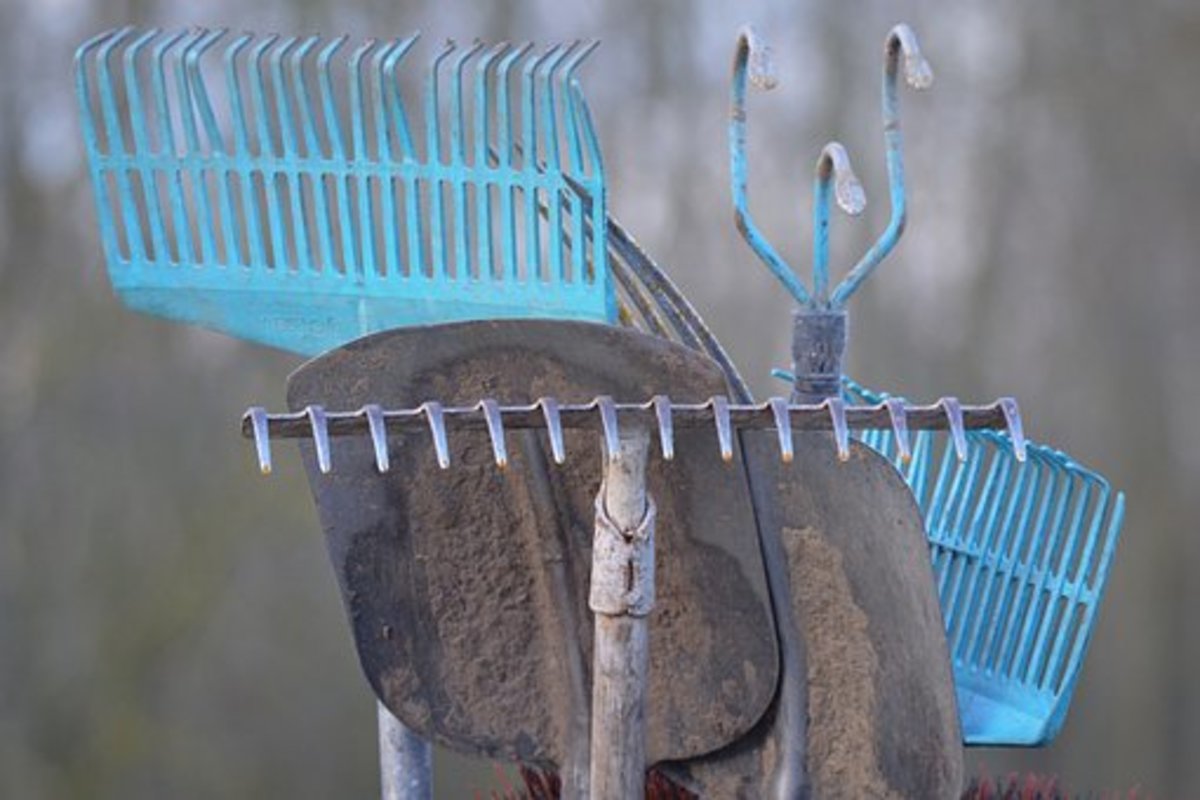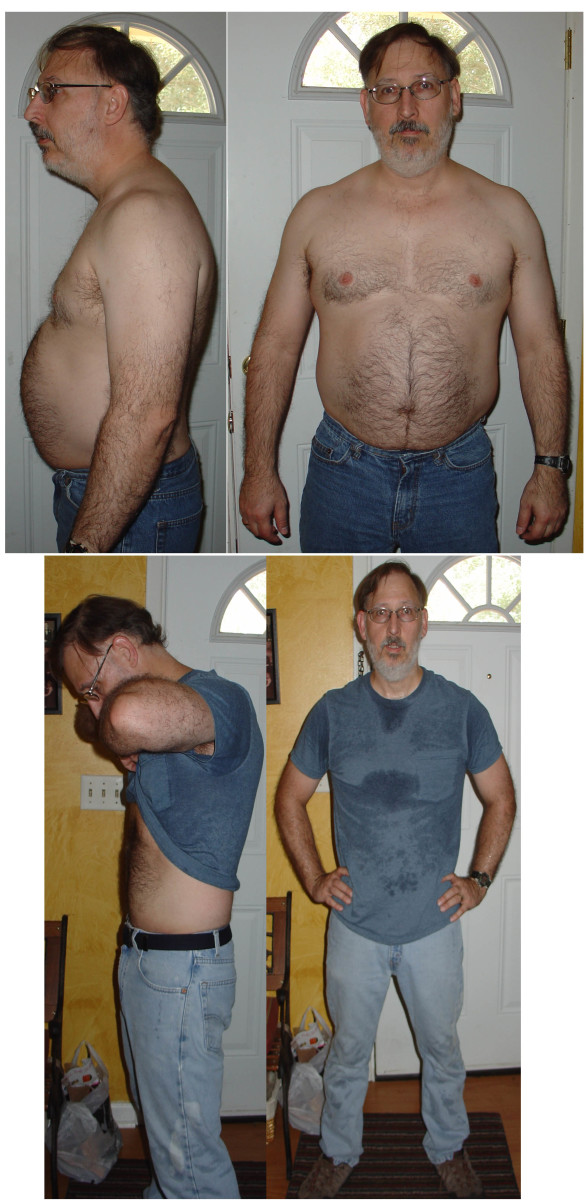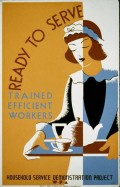Free CSCS Card Condensed Revision Notes For the CSCS Test / Exam Pt 4, Hand Held Tools and Equipment
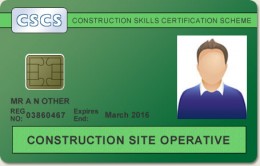
The CSCS ( Construction Skills Certification Scheme ) card or course is designed to teach basic health and safety regulations to all card holders.
Getting work on building sites, including small works such as fencing in England ( UK ) and parts of Europe will soon be impossible without this card.
The revision notes below are designed to allow a condensed few hours of reading to ensure a pass on the CSCS test / exam.
NB. My 11 year old son read the notes several times and then participated in a mock CSCS test, he passed.
This page is the fourth in a series of five, easy to print or read notes which are on the core 15 subjects that the CSCS card test centres on. Please follow the free links for the other pages from the list below.
The Case Study section, within the exam, offers similar questions to the rest of the test but makes use of a short video.
Free Link: Sample Case Study questions
The Core 15 Sections Are:-
Please note these are free links, no downloading and nothing to pay.
General responsibilities - Accident prevention and reporting - Health welfare ( Page 1 )
Manual handling - Working at height - Personal protective equipment ( Page 2 )
Emergency procedures and first aid - Safe use of hazardous substances - Electrical safety ( Page 3 )
Hand held equipment and tools - Site transport safety - Noise and vibration ( This Page )
Excavations and confined spaces - Fire prevention and control - Safety signs and signals ( Page 5 )
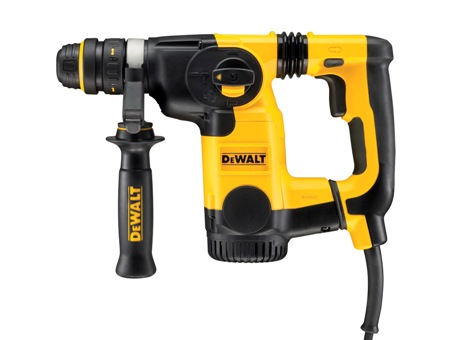
Hand Help Equipment And Tools
Anybody who is trained and competent can use a powered hand tool regardless of their age. The tool must be the right tool for the right job and inspected by you prior to use. Do not use a tool that is damaged or may cause an injury to others.
If your hammer-head becomes loose, stop work and get it replaced. You need to check simple hand tools like chisels, hammers, and trowels every time before you use them.
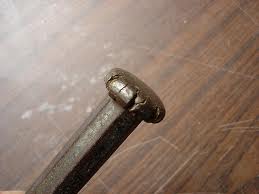
The dangers of using a chisel with a mushroomed head is that it will shatter and send fragments flying into the air.
Chainsaws do not have a guard on the cutting chain, this makes them very dangerous and they are also heavy and noisy. The CSCS test often asks what are the dangers whilst using a chainsaw.
If someone close by is using a disc cutter, flying fragments and dust will be the danger as well as the noise level. Cutting or grinding tools must have dust collectors or extractors fitted. Wet cutting will help keep the dust down as the dust is harmful if breathed in. With any cutting tool, always wear high impact goggles.
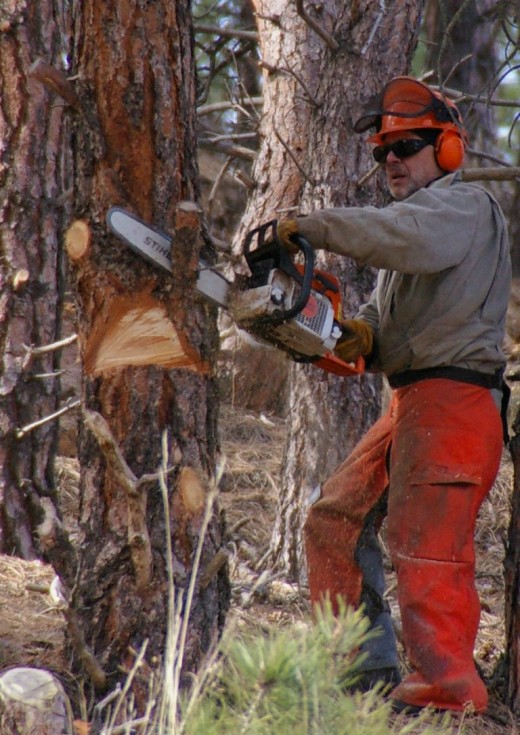
Never use tools without the guard in the correct position. If the guard is missing, DO NOT use the tool until one has been fitted.
The two main purposes of the guard are to stop fragments flying through the air and to stop you coming into contact with the blade. If you use a tool with a rotating blade, you should always adjust the guard to expose just enough of the blade to do the job.
It is dangerous to run an abrasive wheel faster than the recommended speed because the wheel could burst.
A cartridge tool is as dangerous as a gun in the hands of an untrained person. A laser level will not cause a health hazard PROVIDING it is used correctly. Before you adjust any settings on a powered hand tool, ensure it is switched off and unplugged.
An air powered tool will not give you an electric shock. The safest tool to use will be a 110 volt tool. Unplug all power tools when not in use.
You need to use a power tool but it has a 13 amp plug on it. The safest thing you could do is to ask your supervisor for a 110 volt tool instead. This is another common question on the CSCS card examination.
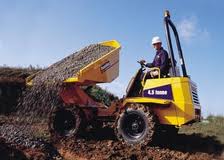
Site Transport Safety
You can only operate plant machinery on site if you are competent and authorised.You will learn about site traffic in your site induction.
Mobile Plant
A mobile plant operator can only let you ride in the machine if it is designed to carry passengers. If mobile plant is operating to close to you, speak to your own supervisor about the problem.If a site is well organised, you should not see pedestrians and mobile plant using the same routes. There should be barriers between plant routes and the pedestrian routes.
Pedestrian Safety
When walking through the site, always stick to pedestrian routes to avoid accidents. Site transport is only allowed to cross pedestrian routes if it is necessary and all the pedestrians have been excluded. This question comes up in one out of every three CSCS card tests.
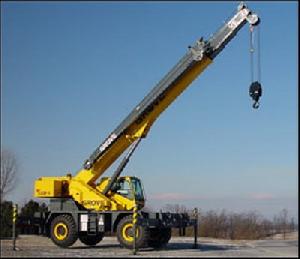
If you see a lorry in trouble as it reverses, you cannot give the driver signals unless you have been trained, so stay out of the way.
If you see a lorry with a flat tyre, you should inform the driver as it is unsafe to drive. A site vehicle is more likely to hit a pedestrian when it is reversing as the driver may be unaware that anybody is there.
If you see a driver re-fuelling a vehicle and see diesel leaking onto the floor, tell the driver immediately.
Mobile Cranes
If you need to get past a someone using a mobile crane, find another route so you can stay clear of the crane. The main danger if you need to walk past a 360 degree mobile crane which is operating near a wall is that you could be crushed between the wall and the crane.
If a mobile crane reverses across your path, wait or find another route. If you see a mobile crane lifting a load and the load is about to hit something, tell the person supervising the lift.
You must be trained and competent to supervise a lift using a crane.
A crane has a difficult lift to do, the crane signaller asks you to help, but you are not trained in signals. You must politely refuse because you are not trained.
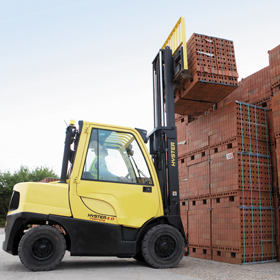
The quickest way to your work area is through a contractors vehicle compound. You must make you route around the compound every time.
A forklift truck is blocking the way to your work area. It is lifting materials on to a platform. You should wait or go around, NEVER walk underneath a raised load.
If you think a load is about to fall from a moving forklift truck, keep clear but try to warn the driver.
If a truck needs to tip materials into a trench, only people who are trained and competent should give signals to the driver.
If your supervisor asks you to drive a dumper truck, and you have no experience in driving dumper trucks, you have to tell your supervisor that you cannot operate it. If you see a dumper truck driving too fast, keep out of the way and report the driver.
If you see any type of plant machinery and liquid is dripping and forming a small pool under the back of the machine, it may have a leak and will be unsafe.
The CSCS card test will have at least 2 or 3 questions on this subject.
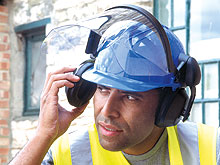
Noise and Vibration
An early sign that noise can damage your hearing is temporary deafness. Damage to your hearing is permanent and not reversible.
Ear plugs or ear defenders are the most common way to protect your hearing. If ear defenders are damaged in any way, do not work in noisy areas until they have been replaced. Noise can effect your health by giving you headaches and hearing loss.
If you think that your hearing may be damaged, ask your employer or doctor to arrange a hearing test. If after working in a noisy area you have ringing in your ears, it could mean that your hearing may have been temporarily damaged.
Noise may be a problem if you need to shout to people whom are only 2 METERS AWAY.
If you have to work in a 'hearing protection zone' you must wear ear protection at all times. If you are working near someone who are using noisy equipment and you do not have ear protection, leave the area until you have the correct PPE.
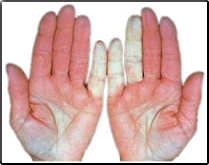
Hearing protection will reduce the noise to an acceptable level, but you will be less aware of your surroundings.
Vibration White Finger
Three early signs of vibration white finger are: The finger tips turn white, Temporary loss of feeling in the fingers, and a tingling sensation in the fingers.
If you have any of these symptoms you need to report them to your supervisor before it becomes a serious problem. Vibration can cause a disabling injury which cannot be cured.
A hammer drill is the most likely tool to cause this complaint.
If you are using a vibrating tool, you should expect your supervisor to tell you about the risk assessment and how to use the tool safely.
You are less likely to suffer from hand-arm vibration if you are warm and dry and working in short spells. Reduce the risk of hand-arm vibration by not gripping the handle to tightly. Hand-arm vibration is caused by damaging blood vessels and nerves in your fingers and hands.
Free Link To: Mock CSCS Examination Test Questions ( actual questions from the test)
Free Link To: Government Funded CSCS Cards
PLEASE print out these notes for revision and use the free links above in the core section list to get the rest of the notes required. Good luck.
For office use only
Tabs Used: practice test for the cscs exam, cscs test mock exam, cscs example questions,cscs test sample questions, cscs cards, what is a cscs card, get cscs card, cscs test centre, cscstest practice, cscs uk, cscs tests, cscs health and safety


